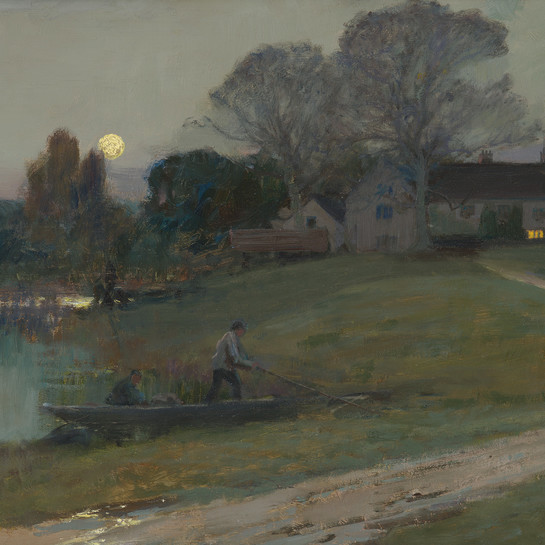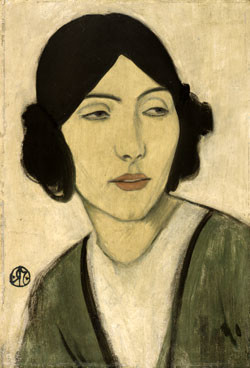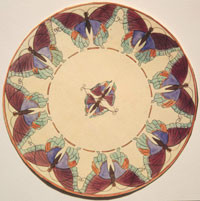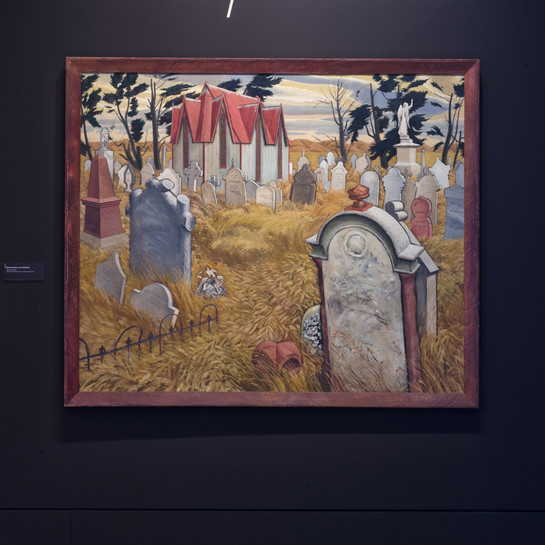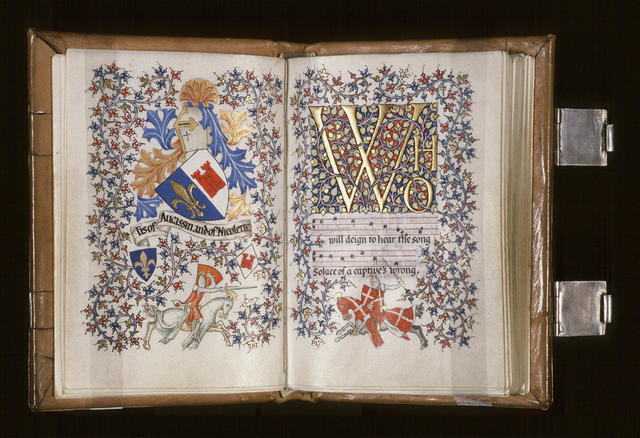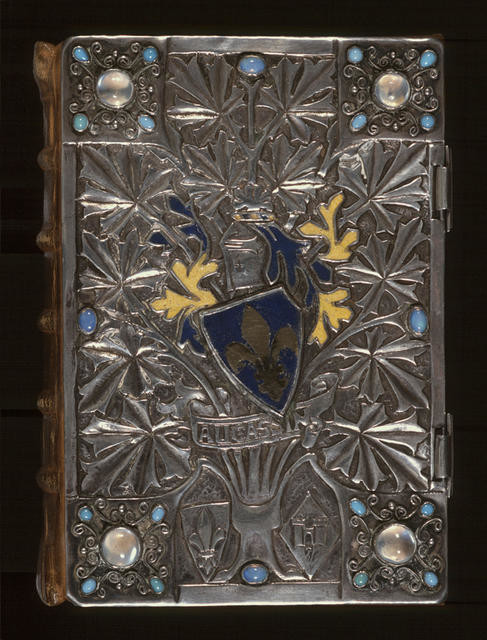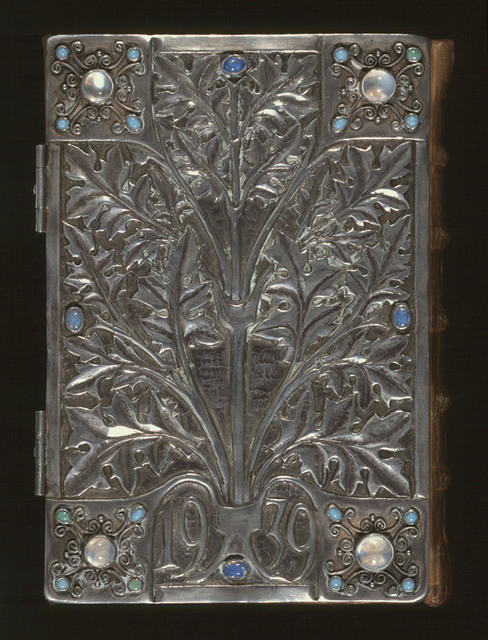Bill Sutton
Aotearoa New Zealand, b.1917, d.2000
Read more about this artist on WikipediaAucassin and Nicolette
- 1939-1940
- Beaten silver and enamel inset with gold and semi-precious stones (cover); calligraphy and illumination on vellum (inside)
- William A Sutton bequest, 2000
- 140 x 100 x 21mm
- 2000/140
Tags: animals, books, crosses (motifs), gems (worked stones), horses (animals), knights (landholders), leaf (plant material), manuscripts (document genre), numbers, patterns (design elements), people (agents), poetry, sheet music, shields (armor), silver (color), swords, words
About the artist

Christchurch-born Bill Sutton was an anomaly and prodigy, a youthful calligrapher from working-class Sydenham who began his studies aged 13 with Saturday morning classes at the city’s School of Art in 1930. He soon drew wider attention with his medieval-inspired illuminated designs and post-war rolls of honour. A full-time student in the three-year diploma course from 1935 to 1937, he later became a well-known local painter, and taught at the school between 1949 and 1979.
Aucassin and Nicolette is an early thirteenth-century French love tale, a medieval chantefable or ‘sung story’ as ornate and unusual as this exquisite fabrication. The translation he used was published in 1910 and lavishly illustrated by Maxwell Armfield, whose detailed foliage borders were one of Sutton’s sources. The repoussé metalwork and jewellery skills he used to create this tiny tour-de-force were then taught by Florence Akins and James Johnstone, who also specialised in illumination and calligraphy.
(The Moon and the Manor House, 12 November 2021 – 1 May 2022)
